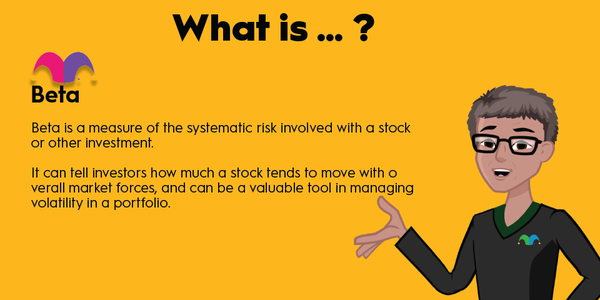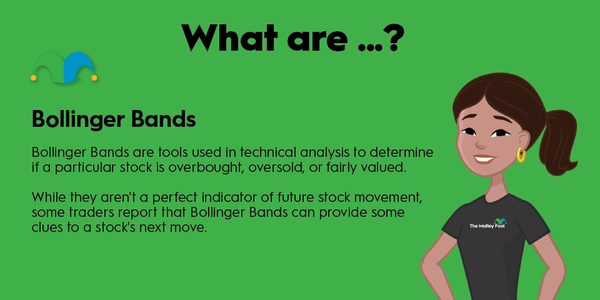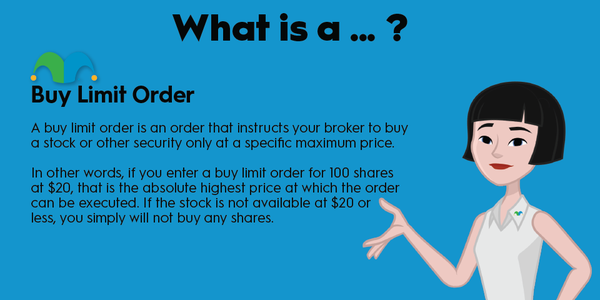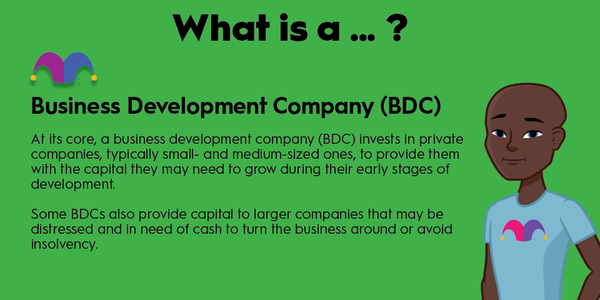If you want to buy and sell stocks or funds, you need a brokerage account with your name on it. Take the first step by learning the must-know details about brokerage accounts below, including your options, questions to ask, and the steps for opening and using your new trading account.

The basics of brokerage accounts
Understanding brokerage accounts
A brokerage account holds and trades investment assets such as stocks, mutual funds, exchange-traded funds (ETFs), bonds, certificates of deposit (CDs), and cash.
Unlike 401(k)s, individual retirement accounts (IRAs), and 529 plans, brokerage accounts have no withdrawal restrictions or tax advantages. You fund your brokerage account with after-tax dollars. And you pay taxes annually on any realized capital gains, dividends, or interest earned in that account. Fortunately, your broker will summarize your taxable activity after the end of a year and send you the appropriate 1099s for filing your tax returns.
There are two primary types of brokerage accounts: cash and margin.
- Cash account: All transactions are funded with cash. If you sell a position, you can't use the proceeds until the sale settles -- which could be two days later. Also, you can only sell securities you own in a cash account, so there's no short selling.
- Margin account: In a margin account, you can borrow money from your broker to invest. Leveraged investing amplifies both returns and losses, so this is a riskier strategy. The lender will hold your securities as collateral. If the value of your collateral drops below a threshold, the broker will demand you deposit cash immediately. This is known as a margin call. If you don't deposit the cash right away, the lender can sell your assets to fund the shortfall. Margin accounts allow for more advanced trading strategies and more flexibility in trade timing.
How to choose one
How to choose a brokerage account
Your first decision in choosing a brokerage is identifying the service level you need. The options include independent self-service, automated account management, and full-service support under the guidance of a financial advisor.
- Self-service accounts are available through discount brokerages. You'll pay low or no trading fees or account fees. You will manage the stock portfolio, and all trades yourself. The broker may provide you with access to tools for research and analysis, such as stock and fund screeners.
- Automated accounts, known as robo-advisor accounts, manage your portfolio with predetermined rules that align with your risk tolerance and investment timeline. You fund the account, and the trades are made automatically. You likely don't have free access to a financial advisor for questions and concerns. A typical annual fee for a robo-advisor account would be 0.25% of your balance. That works out to $2.50 for every $1,000 you have invested.
- Full-service accounts come with a human financial advisor who can develop a personalized investment plan that fits your needs and situation. You may pay trading fees or an annual, percentage-based account fee of 1% to 1.5% of your account balance. Note that per-trade fee structures compensate your broker for higher-frequency trading. Percentage-based account fees reward the broker when your net worth increases.
Beyond service level, there are several other factors to consider in choosing the right account, such as:
- Other fees: Are there charges for automated trades, dividend reinvestments, etc.?
- Fractional investing option: Fractional investing is the practice of buying stock in units of less than one share. If you're on a tight budget and prefer to invest in $5 or $10 increments, select a broker that supports fractional investing.
- Recurring trades/dollar-cost averaging (DCA): Investing on a regular schedule, also known as dollar-cost averaging, is a great way to build wealth over time. Verify that any account you choose supports recurring trades.
- Ease of money transfer: Most accounts are easily linked to your funding source, which is normally a checking or savings account. Make sure you can set up regular transfers into the account to support your monthly investments.
- Tools and educational resources: Access to screeners, charting software, research reports, and educational content can support smart decision making and help you become a better investor. Evaluate prospective brokers on the resources they provide.
- Personality of the advisor: If using a full-service account, take the time to interview prospective advisors. You'll want to select someone who's trustworthy, personable, and supportive of your goals.
- Cash investment options: You may have uninvested cash in your brokerage account from time to time. Ask how the uninvested cash is managed. Ideally, you want it to earn a competitive interest rate.
How to open one
Opening a brokerage account
Opening a brokerage account is like opening a bank account. Often, you can complete the process online in less than 20 minutes. You'll start by providing various pieces of personal information, such as:
- Your legal name.
- Social Security number or taxpayer ID.
- Address, telephone number, email address.
- Date of birth.
- Government-issued identification information, such as a driver's license.
- Employment status and income.
- Net worth.
- Investment objectives.
The broker will also ask you to choose between a cash account or a margin account. Be careful here. According to the Securities and Exchange Commission (SEC), many brokers default this option to the margin account. Make sure you're opening the account type you want.
Lastly, the account opening process may prompt you to answer a few housekeeping questions, such as where you want to receive statements and tax documents.
Related investing topics
How to use one
Using your brokerage account
Technically, you can start using your new brokerage account once you fund it. That's usually done by linking your bank account and initiating a digital money transfer.
If you're opening a self-service account, you have the added responsibility of defining your investment strategy before you start trading. Some points to consider:
- Your budget. Review your income and expenses and set a budget for your investing activities. This should be money you don't expect to need for at least five years.
- Your risk tolerance. Think through how you'd feel if your account balance suddenly dropped by 30%. If that sounds horrible, you have a low risk tolerance. Stick with low-volatility options like blue chip stocks. If you understand that value declines are part of the investing process, you have more tolerance for risk. You can allocate a percentage of your portfolio to higher-risk securities with good growth potential.
- Your investing timeline. If you are investing for a retirement that's 30 years from now, you can afford to take more risk. If retirement is 10 years away, take a more conservative approach.
- Your available time. Trading individual stocks is time-intensive. If you prefer a lower-maintenance approach, an index fund portfolio might suit you better.
Opening a brokerage account can be your first step toward financial independence. Set yourself up for success by taking the time to understand the service level and features you need. You can always switch gears later as you gain experience and investing confidence.




























































